Worcester, Massachusetts, is considering a new cellphone policy in its schools that would limit electronic device usage. Under the new legislation, electronics would only be allowed to be used during specific times and for educational purposes. Meanwhile, Ohio Governor Mike DeWine is expected to sign legislation requiring all public schools in the state to establish a cellphone-use policy for school hours.
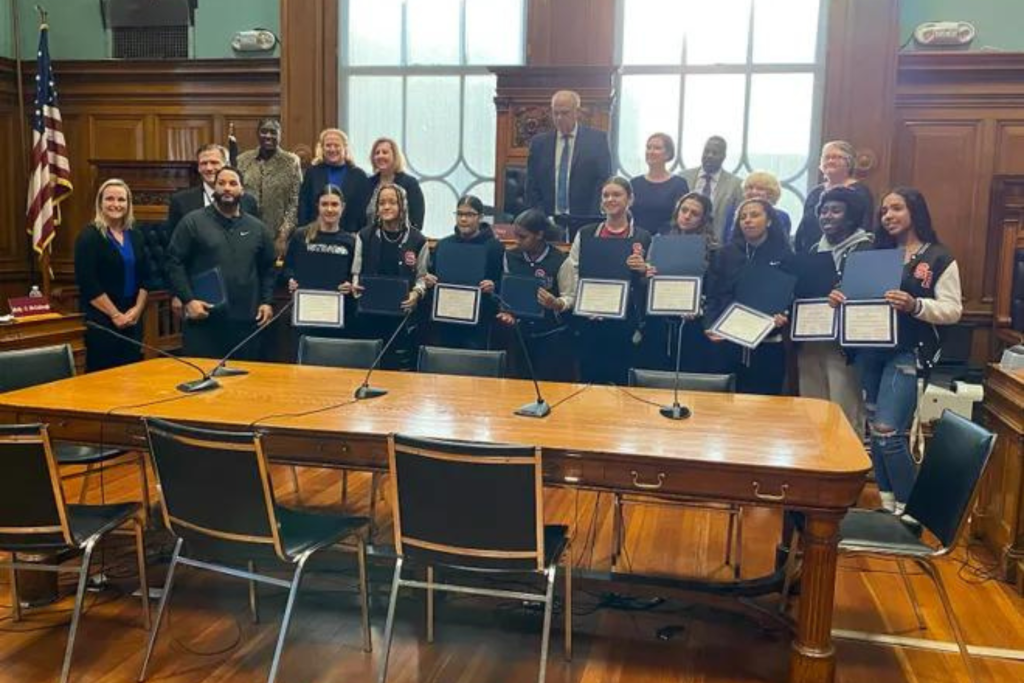
The Worcester School Committee is reviewing a draft policy that restricts students from using cellphones, smartphones, tablets, earbuds, and cameras during classroom time unless it’s for educational purposes approved by a teacher or administrator. Students would be permitted to use their devices outside of class times, but only apps approved by the district.
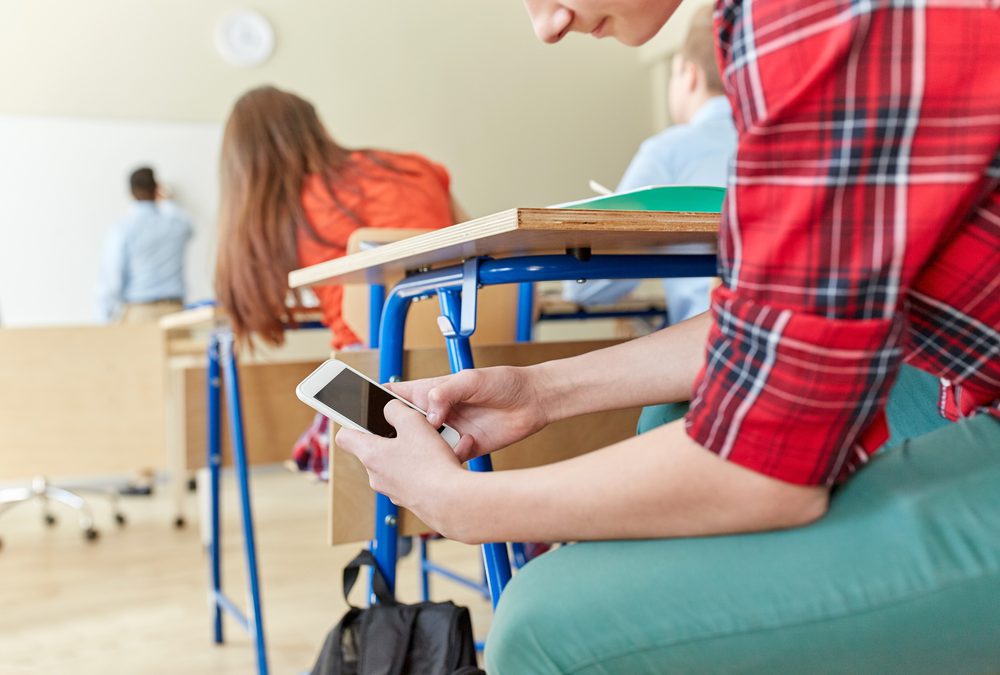
In other words, “Goodbye TikTok”! The policy aims to combat the difficulties cellphones and other electronic devices pose for education. Teens spend an average of about 8 hours a day on their cell phones, distracting them from their education. School officials worry their education will be impacted if legislation is not put into place that will limit the usage of these devices.
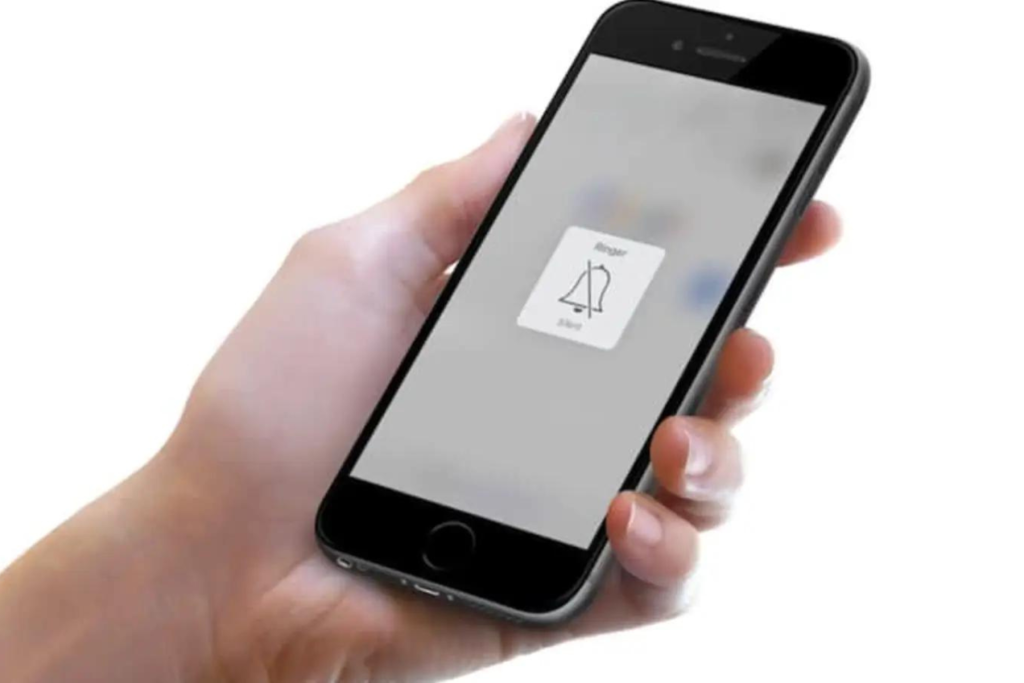
In Worcester, cellphones must be silenced or powered off and kept out of sight during class, in an effort to minimize disruptions. The policy also includes provisions for emergency situations when students can use their phones to contact emergency services, parents, or guardians if a staff member is not available. And Worcester is not the first to consider legislation around screen time.
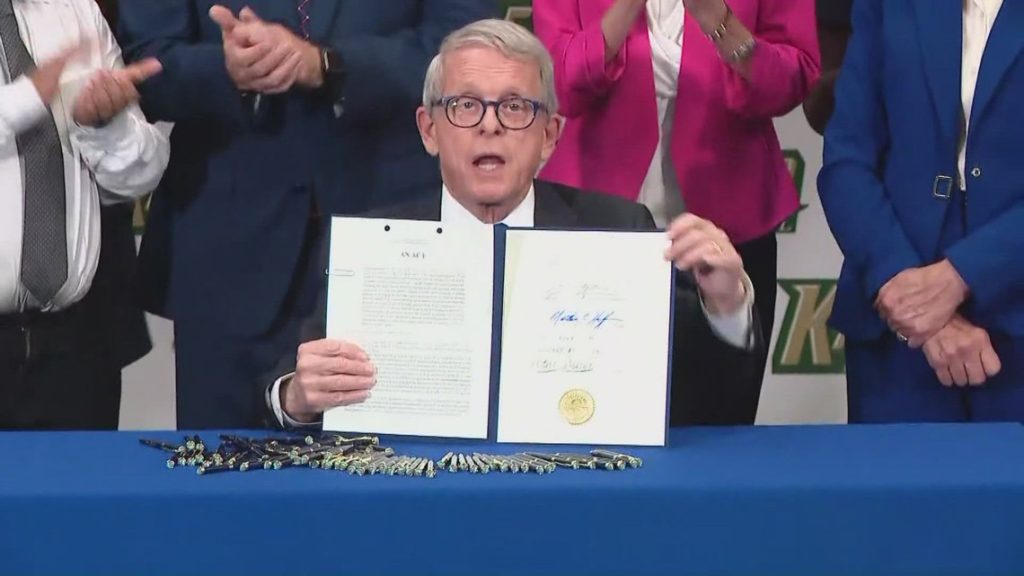
Ohio’s House Bill 250, which passed unanimously last week, mandates all public schools in the state to create a cellphone-use policy for school hours and adhere to a model policy set by the Education Department once Governor DeWine signs it into law.
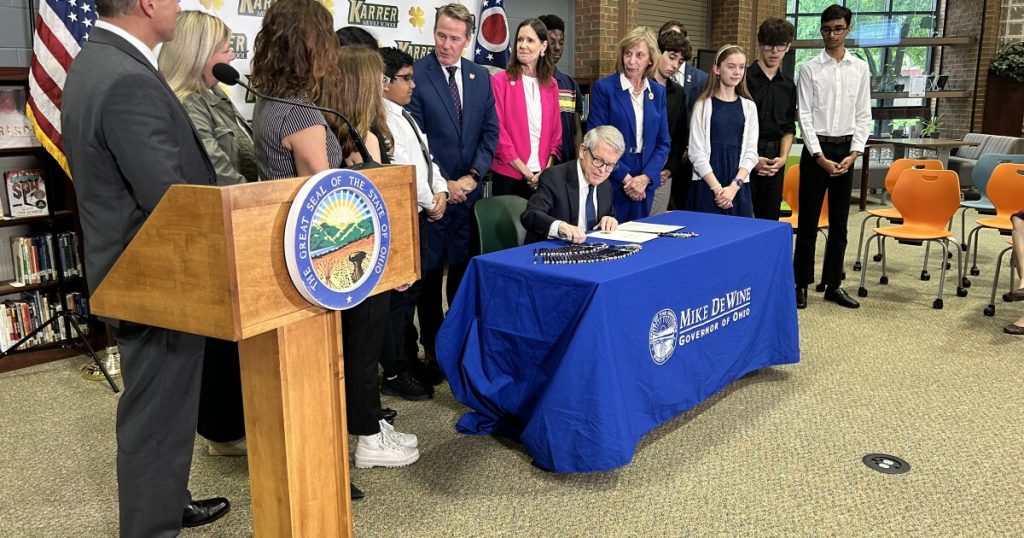
Governor DeWine signed the House Bill 250 at Karrer Middle School in Dublin, Ohio, on Wednesday, marking the beginning of new cellphone policies across public schools in the state. Many districts in Greater Cincinnati have already implemented restrictions or bans due to concerns over disruptions and negative impacts on academic performance and disciplinary issues.

During a forum in Colerain Township last month, Ohio Lt. Gov. Jon Husted acknowledged the potential harms of social media usage and smartphones on students and emphasized the importance of creating policies to address these concerns before they get even more out of hand.

The Worcester policy also includes consequences for violations, including warnings, confiscation of devices, or meetings with parents or guardians. Similar consequences will be outlined in Ohio’s model policy.

Both policies aim to use technology for educational purposes while limiting the disruptions and distractions that cellphones and other devices pose for kids and teens.
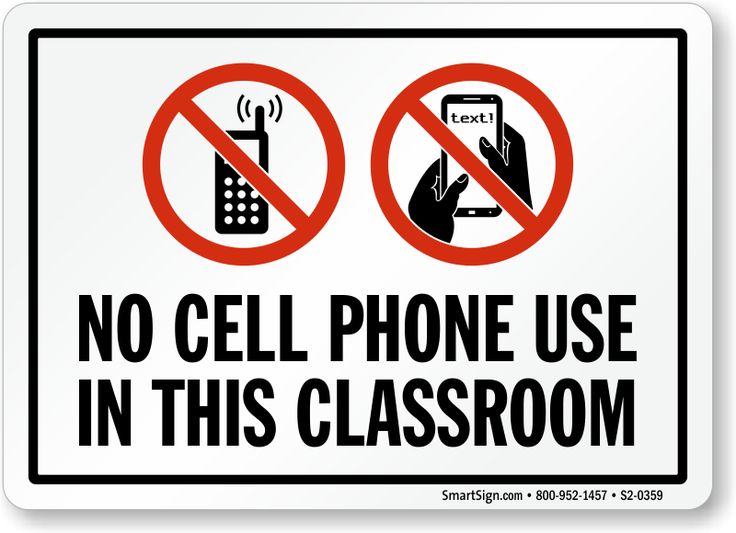
The current cellphone policy in Worcester schools states that without permission from school administration, students cannot use any cellphone or electronic device on school premises during the school day that could potentially disrupt academic activities.
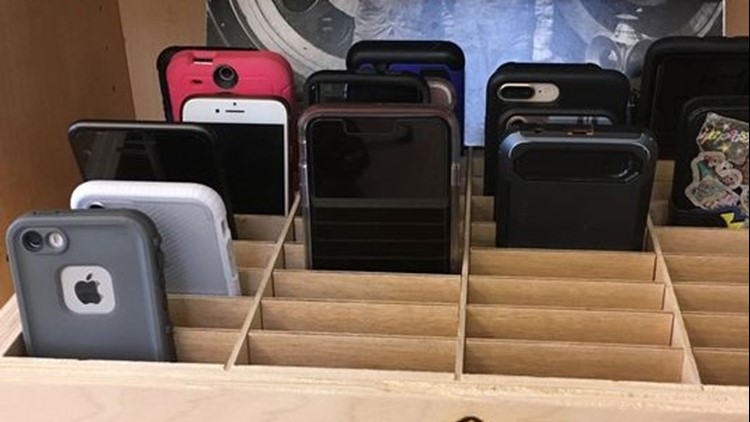
Schools have the right to confiscate devices used in violation of their code of conduct. In Worcester and other districts across the country, officials struggle to find the balance between using these devices to educate and limiting usage when they are distractions from education.





